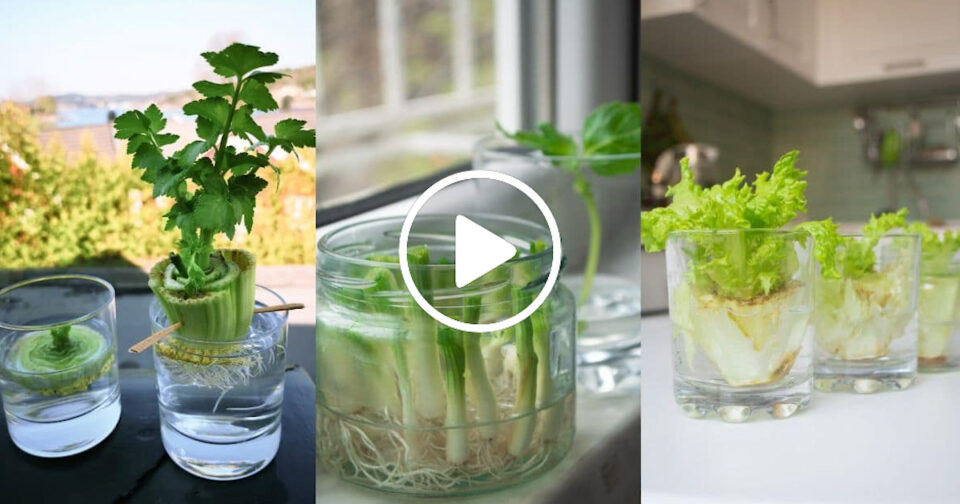Try growing vegetables at home if you currently have a few plants growing and want to step up your gardening game. These are fundamental ingredients that are nice to have on hand, and once you start planting them.

You won’t need to buy them from the store again. Here are some easy vegetables and herbs to cultivate at home from scraps that might otherwise end up in the trash.
The Ginger: Ginger is a “warm” meal, according to your mother or grandmother.

This means it can help you feel more energized, and reduce bloating, and ғɪɢʜᴛ colds. For a simple dinner protein, make ginger tea or cook fish with ginger, soy sauce, and sesame oil.
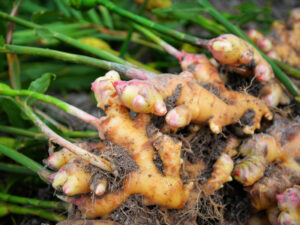
The Lemonɢʀᴀss
There is no substitute for lemonɢʀᴀss, which has a pleasant, almost zingy smell. Lemonɢʀᴀss can be used to make lemonɢʀᴀss tea, flavored syrup for desserts, or to flavor tom yam soup.

Lemonɢʀᴀss (Cymbopogon Citratus) is a tall, perennial ɢʀᴀss in a class of about 45 species of ɢʀᴀsses native to the tropical and sub-tropical climates of Asia, Aᴜsᴛʀᴀʟɪᴀ, and Africa.
Iɴᴅɪᴀ is the highest producer of lemonɢʀᴀss (producing over 2 million pounds per year), which is cultivated along the mountain range of the Western. Ghats and beside the foothills of Arunachal Pradesh and Sikkim in the Himalayan mountains.
Spring onions
Spring onions are one of the most straightforward crops to cultivate at home. Chop them up for salads, and garnishes, or roast them whole for a hearty chicken or steak side dish. You’ll probably have enough to give away because of how quickly they grow.
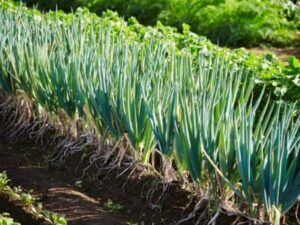
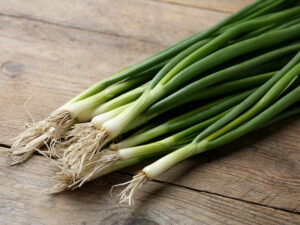
The Celery
People often toss the ends of celery when cooking, but the remnants can be turned into brand-new stalks that can be used in soups, juices, or even eaten raw.

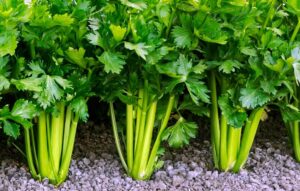
The Garlic
Garlic is a household staple that can be found in a variety of cuisines. Make your own garlic butter and garlic oil to flavor foods in addition to using it in stir-fries. A single clove is all you’ll need to get started.
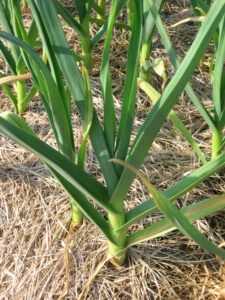
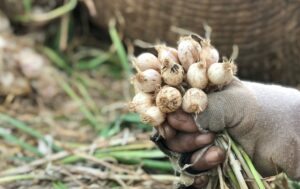
PLEASE WATCH THE VIDEO BElOW:
